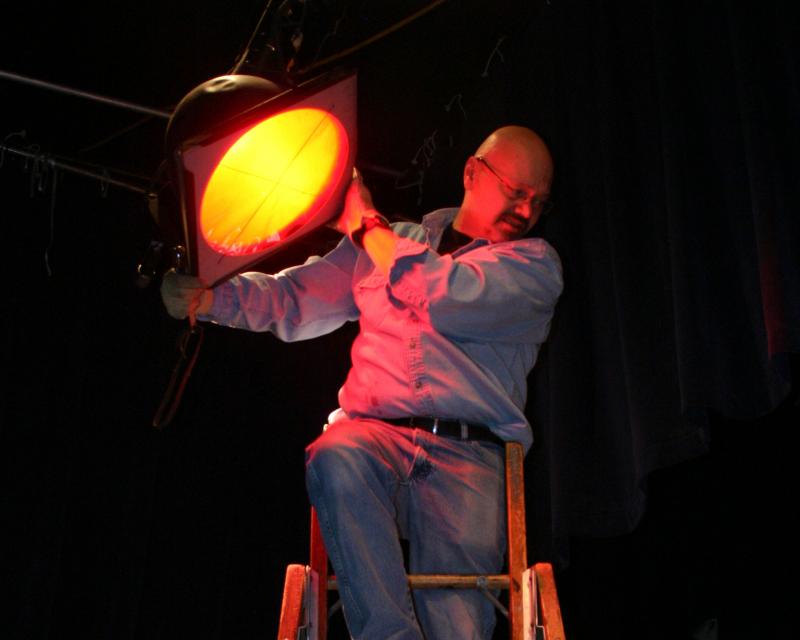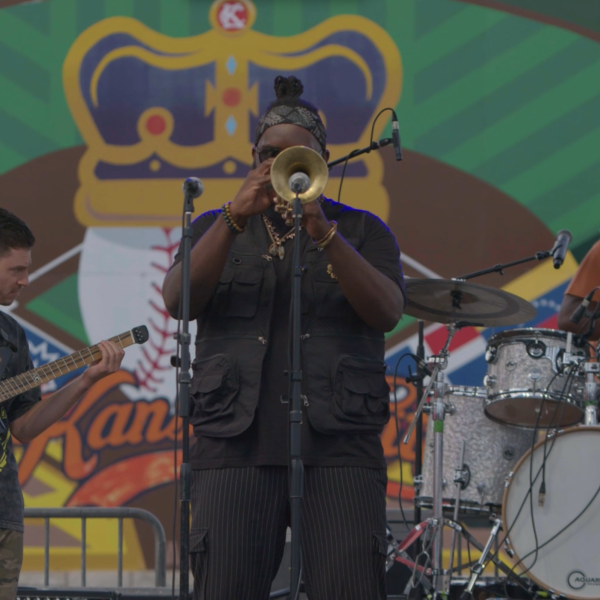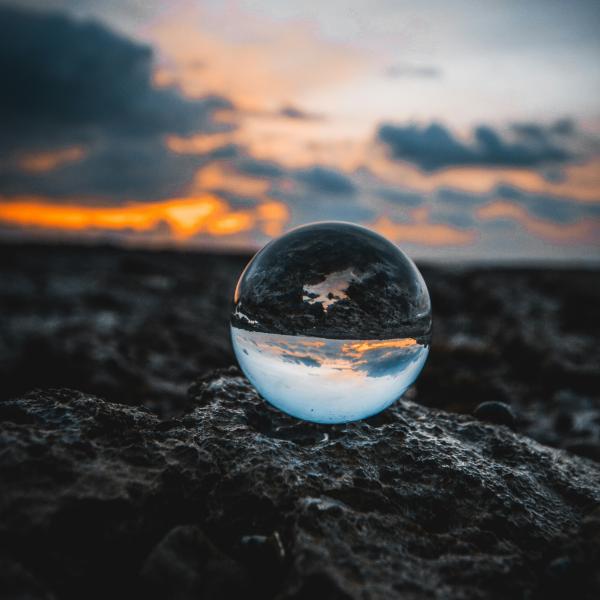An Open Letter to Arts and Cultural Industries: You Matter…More Than Ever

This is a Labor Day shout-out to all the arts workers and organizations who contribute so mightily to the nation’s economic and cultural vitality and to the social and emotional well-being of its residents and communities. Until just a few years ago, we lacked tools for comprehensively measuring your output in economic terms. Now, thanks to a research partnership with the Bureau of Economic Analysis (BEA), we can (and often do) claim that you contribute $878 billion, or 4.5 percent, to U.S. GDP—greater than the amount from construction, transportation, mining, or agriculture.
To use a verb currently in vogue: allow me to pivot. These numbers are the latest we have, courtesy of the world-class analytics team at the BEA, but they also predate the pandemic by at least two years. The same crack team recently reported a drop in the entire U.S. GDP in the second quarter of 2020, at an annual rate of 32 percent.
You know, better than anyone, how hard and how fast you were hit by the COVID-19-related economic crisis, and how many setbacks you still are enduring. Over the same quarter, those of you in the performing arts saw a 33-fold decline in consumer spending on tickets. From mid-January through mid-May alone, your employment numbers dropped by 52 percent, or 68,000 workers. Other reports have projected dire losses for those of you in the nonprofit sector, or in adjacent cultural or creative industries.
But other data show the seeds of your resilience. Before this downturn, your industries were growing at twice the rate of the U.S. economy as a whole. Where did that growth come from? Web publishing and streaming services (growing at a 29 percent clip), and computer system design (used for movies), sound recording, and publishing—but also arts-related construction, performing arts presenting, and theatrical ticketing services. A mix of physical and virtual arts infrastructure, if you will.
As for web-streaming, it’s no secret this format has thrived amid all the self-quarantining. But even pre- pandemic, the occupation of film/video editor was projected to grow by 14 percent over the next decade. (Other arts jobs that had been pegged for growth? Curators and archivists, architects, and post-secondary school art, music, and drama teachers.)
As many of you in the visual, literary, and performing arts turn increasingly to virtual outlets for engaging artists and audiences, I urge you not to lose sight of opportunities for socialization through the arts. The hunger to attend live events with other people rates consistently as a top motivator, just as the lack of people with whom to attend is often a key barrier—as is an inability to get to the physical location.
When we awaken from this public health nightmare, it is to be hoped that ingenious methods of fusing physical and virtual opportunities for arts engagement will have permitted a larger and broader distribution of Americans—from all racial, ethnic, socioeconomic, and geographic backgrounds—to experience such events as artists and audiences. The creativity, boldness, and panache you are bound to bring to this systemic challenge are sure to be your salvation, and ours.
Which brings me to another observation. We need to do better at kicking down doors that bar access not only to arts experiences, but to participation in arts careers and in the greater creative economy. Just last month, a think tank supported by the U.K.’s Arts and Humanities Research Council, among others, issued a paper called “Getting In and Getting On: Class, Participation, and Job Quality in the UK Creative Industries.” The researchers state:
We…find that class interacts with other factors – such as gender, ethnicity, disability and skill levels – to create ‘double disadvantage’. The intersection of class and skills has a particularly pronounced impact on the likelihood of landing a creative job, where those from a privileged background who are qualified to degree-level or above are 5.5 times as likely to secure a creative role than those of working-class background who are only skilled to GCSE-level.
A GCSE is a General Certificate of Secondary Education, the UK equivalent of a high school diploma. In the U.S., there remains a lively debate among sociologists as to whether a class system in our country exists at all. (If the term bothers you, swap it with “socioeconomic status.”) The U.K. researchers consider a “privileged” class background to be having a parent “whose job was a higher or lower managerial, administrative or professional occupation,” whereas a “working-class” background denotes having parents who were “employed in routine or semi-routine occupations, or who were long-term unemployed.”
To my knowledge, there has been no comparable study of how factors such as parental occupation influence social mobility in the U.S. creative sector. Still, we do know something about disparities of other kinds. For example, according to U.S. Census data, fewer than 25 percent of all artists are non-white or Hispanic, compared with 36 percent of all workers.
This ratio does not apply to all types of artists. Forty-four percent of you who are dancers/choreographers and 33 percent of you who are announcers are non-white or Hispanic. At the same time, these occupations are far less likely than artists as a whole to have healthcare coverage. (Dancers and choreographers are among the lowest-paying artist occupations.)
So let’s return to the BEA numbers. Some economists refer to the downward spiral as an “exogenous shock,” an unpredictable event betraying no inherent flaws in the financial system. While it’s fair to say that the arts economy exhibited sound fundamentals prior to COVID-19, the present crisis gives us all a chance to repair vulnerabilities in access—to arts events through virtual and physical spaces, and to the benefits of the arts economy. You, and we, deserve nothing less.




